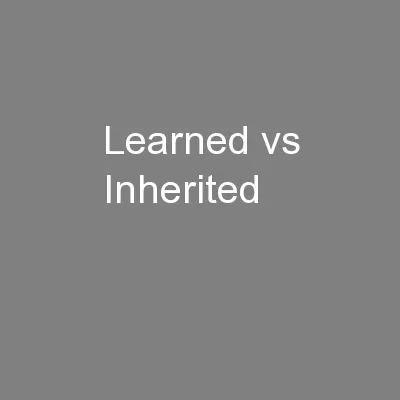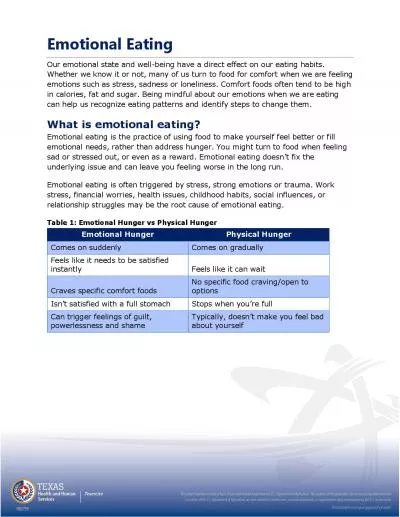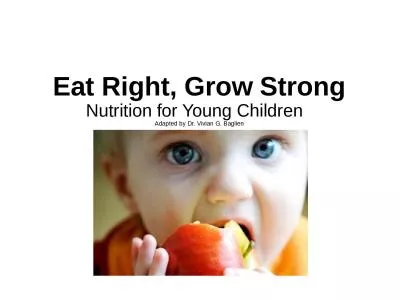PPT-Project EAT: What has been learned from 20 years of research on what helps diverse young
Author : lois-ondreau | Published Date : 2019-11-06
Project EAT What has been learned from 20 years of research on what helps diverse young Minnesotans to eat healthy and feel good about their bodies Nicole Larson
Presentation Embed Code
Download Presentation
Download Presentation The PPT/PDF document "Project EAT: What has been learned from ..." is the property of its rightful owner. Permission is granted to download and print the materials on this website for personal, non-commercial use only, and to display it on your personal computer provided you do not modify the materials and that you retain all copyright notices contained in the materials. By downloading content from our website, you accept the terms of this agreement.
Project EAT: What has been learned from 20 years of research on what helps diverse young: Transcript
Download Rules Of Document
"Project EAT: What has been learned from 20 years of research on what helps diverse young"The content belongs to its owner. You may download and print it for personal use, without modification, and keep all copyright notices. By downloading, you agree to these terms.
Related Documents














